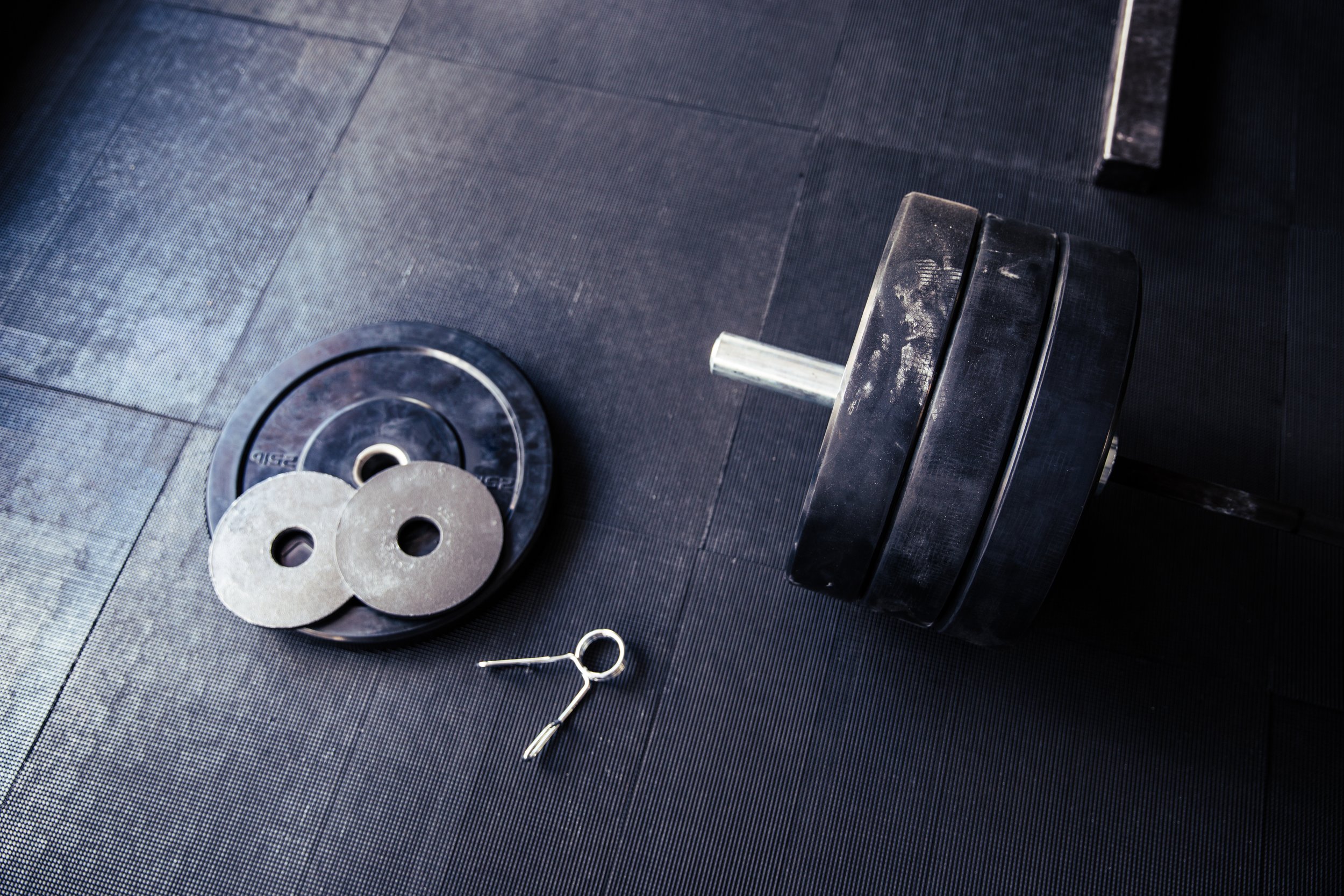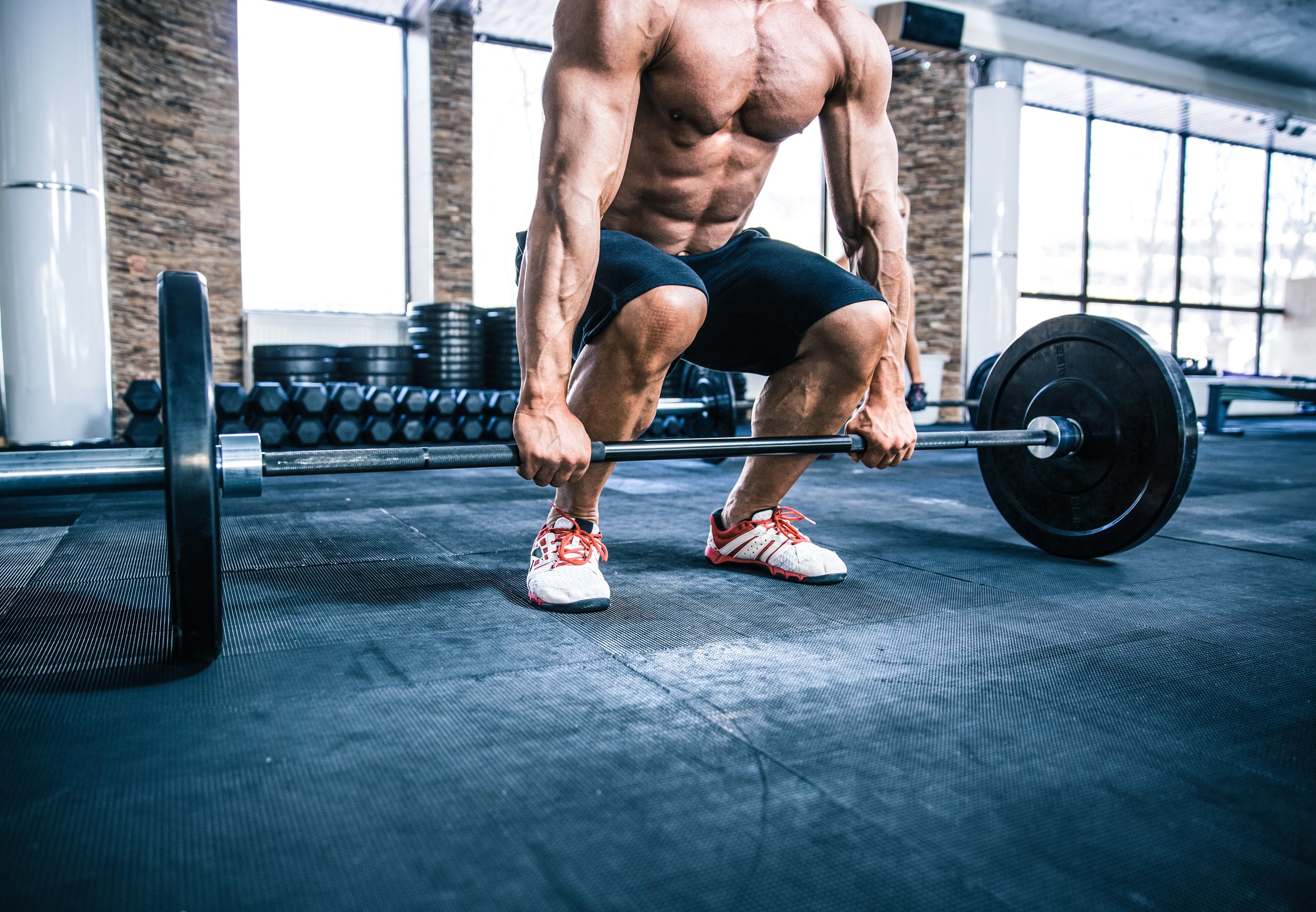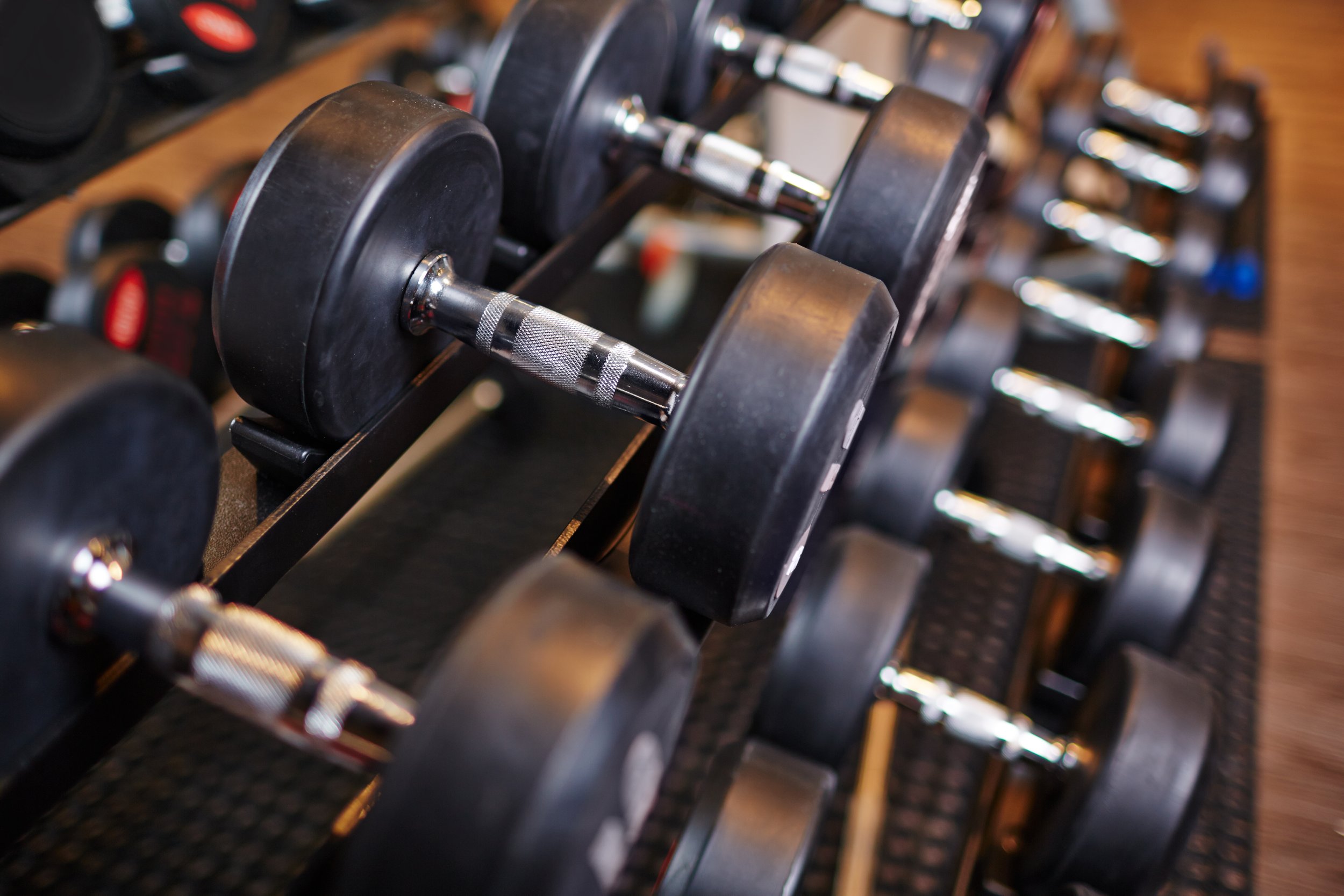Are Jumps A Good Training Exercise?
Takeaway Points:
Jumps are an excellent exercise for developing explosive power, and are absolutely essential in many athletic programs.
At the same time, they have some serious drawbacks that make them less good of a fit for most other exercisers.
Despite this, jumps have a popularity that seems to exceed their general usefulness, in part driven by social media.
One excellent marker of athleticism is the jump. It’s pretty simple - you use your legs to forcefully and explosively launch yourself from the ground, then you land again.
Some key qualities of the jump set it apart from other training methods for the lower body. First of all, it’s a bodyweight exercise, because the weight that you’re working against is your bodyweight - you can add maybe a little bit of weight via ankle weights, a weight vest, etc. but this will quickly become unsustainable as it can negatively impact your ability to jump with good form. So, a little bit of added weight can be helpful, but a lot may just teach you bad movement patterns and not have much carryover to jumps with your bodyweight.
Since your bodyweight is the resistance, this means that there’s a benefit to being lighter. Lighter exercisers will generally be stronger relative to their bodyweight, and since strength to bodyweight ratios determine how high you can jump, this means that being lighter will generally be an advantage.
Why are jumps important, and what are they good for?
Jumping is a key element of what are called plyometrics - exercises which feature explosive movements with a rapid stretch/shortening cycle. This is a bit of fancy terminology, but basically it just means that these are explosive movements. Explosive movements are frequently used in sports, where you often need to react quickly to unexpected demands, and actions like running and changing direction are heavily reliant on lower body explosiveness.
If you are an athlete in any kind of field sport that involves running, chances are that you need to be explosive to be good at your sport. So, for many athletes, jumping is a good training method, alongside other methods that train explosiveness, like the Olympic lifts.
Why are jumps a problem?
One key problem with jumps is that they’re a very tricky movement to get right, if you’re not an athlete. Jumps involve explosively propelling your body off the ground, then landing. Every time you land, the combination of your weight and gravity means that you get a massive impact force, several times your bodyweight, sent directly into your feet. That force needs to be absorbed by your feet, ankles, and knees.
Running is frequently considered unadvisable for many exercisers, simply because of the similar forces at work. Every footfall is like the effect of a small landing, and with repeated footfalls when running, this generates a significant impact on your lower body. This is part of the reason that running has a relatively high injury rate compared to other cardio methods, and is much harder to combine with other lower body workouts simply because you need to spend more time recovering.
High impact forces like those caused by running and jumping are also harsher the heavier you are, and can cause issues especially with people who have a preexisting history of injuries in the area - ankle issues, knee issues, bone density issues, and so on. When you take someone with a preexisting history of injury or a high bodyweight and add in a lot of high impact exercises, this is a quick recipe for injury.
One other problem is that jumps can be hard to standardize the movement on. Because jumps rely on explosiveness, and explosiveness drops quickly in response to fatigue, this means that you may start off being able to jump a certain height or distance, but with even a little bit of practice find that it’s quickly dropping off, much more so than fatigue causes you to drop off with other exercises. This means that it’s far harder for the average exerciser to know their limits, and because you’re propelling your body explosively, this means it’s very easy to misjudge a jump and lose control, potentially causing you to fall or otherwise fail a proper landing, only further risking injury.
This leads to another point - in general, it often makes sense to have a certain baseline of strength, muscle, and experience when planning to incorporate jumps and other plyometrics into your training. Since strength and muscle are built via training, and since this ensures that you have stronger bones and more injury resistance, you’re more likely to be able to safely incorporate jumps into your training. This does mean that jumps are often not as well suited for beginners, and work best with more intermediate/advanced exercisers.
Are jumps a good fit for you?
Based on this I’d say that chances are that if you’re reading this, you’re not a young athlete, and if you are, you probably have a coach guiding you through the process of jumping safely and effectively as a part of an athletic training program. If you’re an athlete, then plyometrics are to some extent a necessity in order to perform at the top of your game.
If you’re not, however, I really struggle to find a good place for plyometrics in most training programs. This is because while you can certainly use explosive movements to build strength and muscle mass, they’re not going to be as good of a movement for this purpose due to their high energy demands and higher risk of injury, and correspondingly this limits your ability to get in a good amount of training volume consistently in order to drive progress.
Most exercisers are not looking to maximize explosiveness for athletic purposes, and you don’t need to train it for general health purposes. Explosiveness also decreases rapidly as you age compared to other qualities, making it harder to see consistent progress as you get older.
As a result, most exercisers primarily training for general health, physique, strength, etc. would not really benefit much, if at all, from explosive jumps. If anything, Olympic lifts are a way to train explosively in a way that’s also safer and easier to properly progress in my opinion, and even then, Olympic lifts are not terribly common simply because most people don’t need to train explosiveness.
Why are jumps popular?
I think that there’s one point to make which hasn’t been covered already, which is that jumps always seem way more popular than they actually are, as a training method. I’ve trained in gyms my whole life, and in that time I’ve rarely seen anyone utilizing jumps as a training method, except in specialty athletic gyms. I could count on one hand the number of people I’ve seen effectively and consistently training jumps in the typical gym setting.
However, there’s one place that I’ve seen jumps a lot - social media.
I think this is because jumps are technically impressive feats of athleticism. No matter how bad of a fit it is for actual training purposes, really jacked and fit people will often perform silly athletic stunts in order to get a video and show off on social media, and jumps are no exception. I’d say that I’ve easily seen ten to twenty times as many people doing box jumps, long jumps, and jumps for height on social media, as I have in the rest of my life combined.
I would simply caution the reader to understand that this is often all that it is - a stunt for social media, or a minor pursuit to set fun PR’s on as an aside to your normal training. Just because someone is having fun seeing how high that they can jump, doesn’t mean that they’re actually making this a cornerstone of their training, or even that it’s an effective one.
Except, of course, for Hironori Nakajima, who (as far as I can tell) trains almost exclusively for the purposes of jumping through his own ceiling - that guy rocks.
About Adam Fisher
Adam is an experienced fitness coach and blogger who's been blogging and coaching since 2012, and lifting since 2006. He's written for numerous major health publications, including Personal Trainer Development Center, T-Nation, Bodybuilding.com, Fitocracy, and Juggernaut Training Systems.
During that time he has coached thousands of individuals of all levels of fitness, including competitive powerlifters and older exercisers regaining the strength to walk up a flight of stairs. His own training revolves around bodybuilding and powerlifting, in which he’s competed.
Adam writes about fitness, health, science, philosophy, personal finance, self-improvement, productivity, the good life, and everything else that interests him. When he's not writing or lifting, he's usually hanging out with his cats or feeding his video game addiction.
Follow Adam on Facebook or Twitter, or subscribe to our mailing list, if you liked this post and want to say hello!
Enjoy this post? Share the gains!
Ready to be your best self? Check out the Better book series, or download the sample chapters by signing up for our mailing list. Signing up for the mailing list also gets you two free exercise programs: GAINS, a well-rounded program for beginners, and Deadlift Every Day, an elite program for maximizing your strength with high frequency deadlifting.
Interested in coaching to maximize your results? Inquire here.
Some of the links in this post may be affiliate links. For more info, check out my affiliate disclosure.







